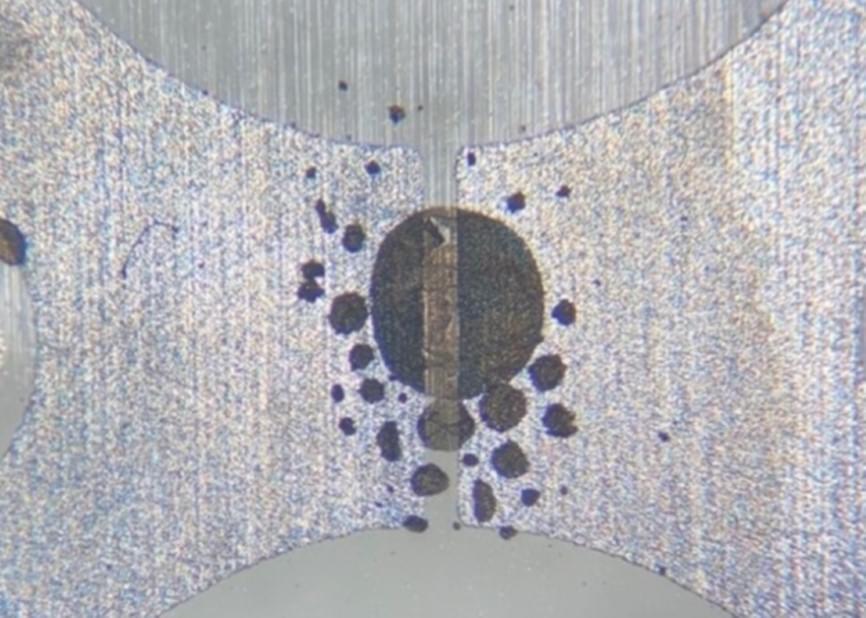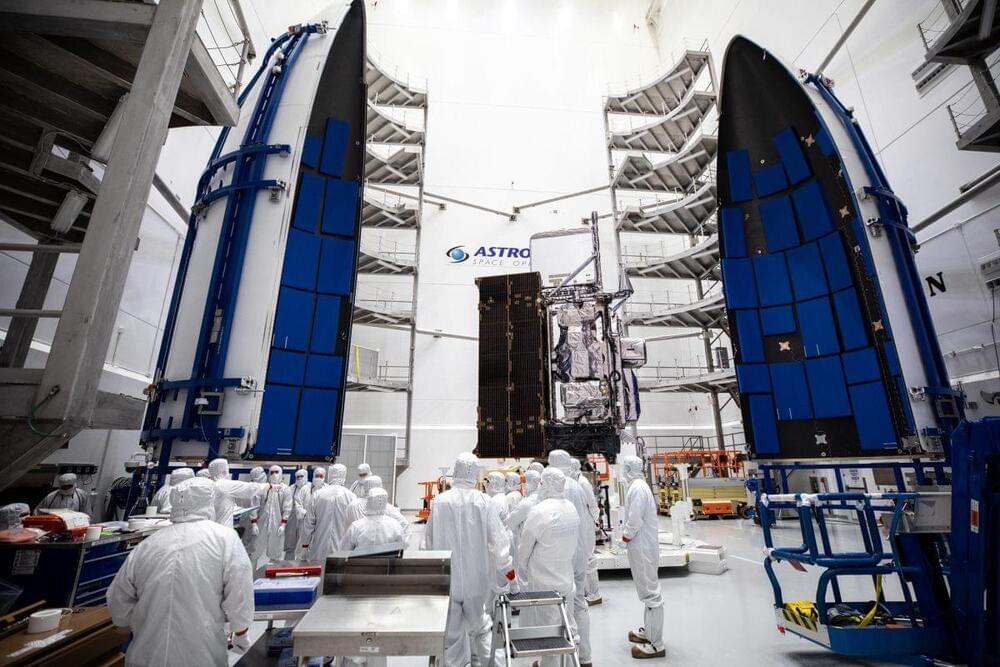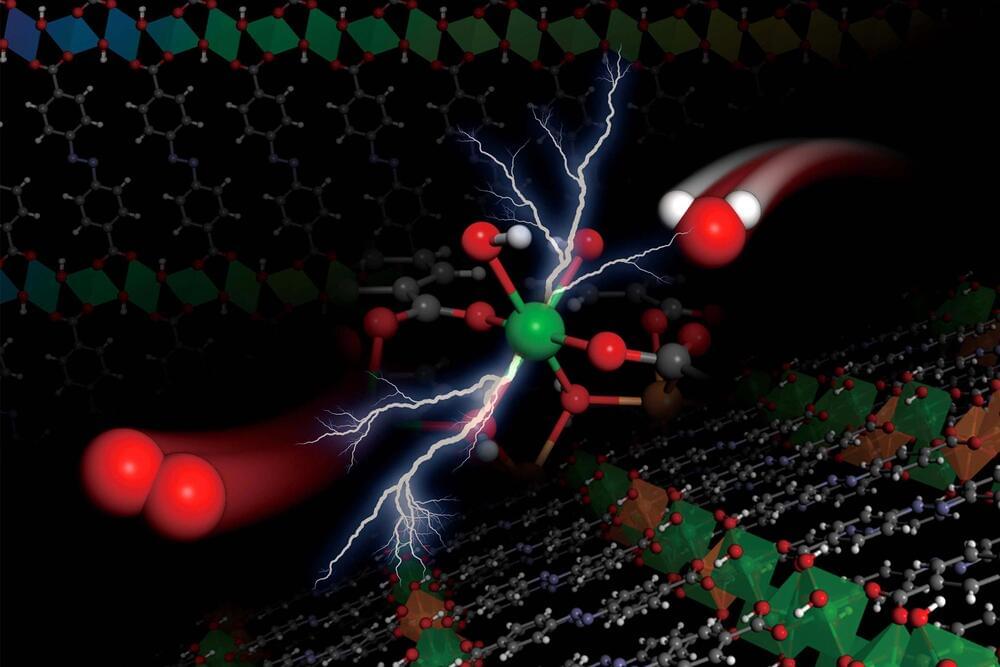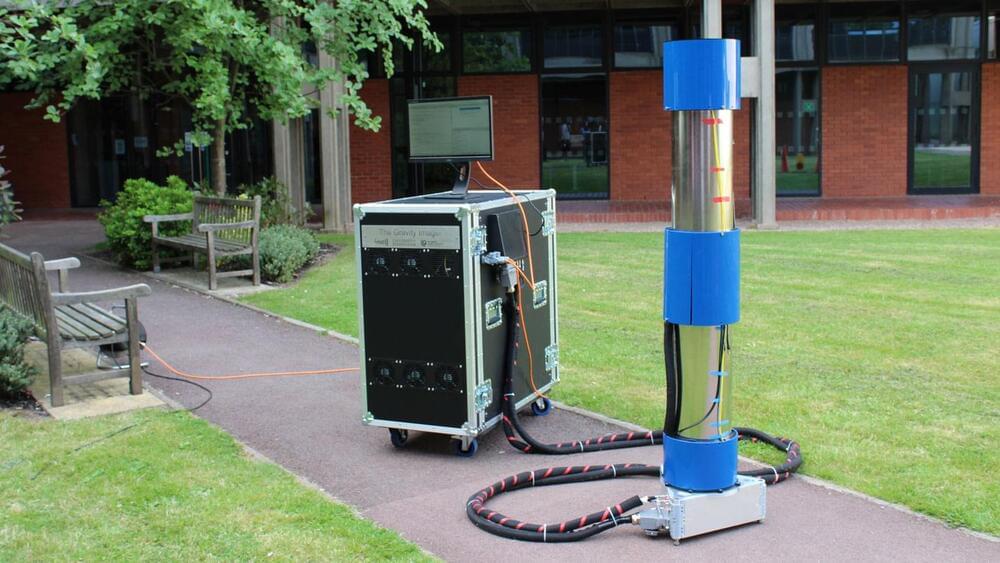Fortescue begins construction of world’s biggest electrolyser factory, to double global production.




Once it’s in space, it’ll be known as GOES-18.
“A big part of the GOES-R [series] mission is actually doing solar observations,” said Pam Sullivan, NOAA’s GOES-R program director.
Before GOES-T can begin its weather-watching mission, it does have to reach space. To do that, it will need good weather.
Current forecasts predict a 60% chance of good weather at launch time on Tuesday, with conditions improving to 70% on Wednesday if NASA and NOAA have to delay for a day, said launch weather officer Jessica Williams of the 45th Weather Squadron at Space Launch Delta in the briefing.

With the launch just weeks away, SpaceX and Axiom are making their final preparations for the first all-private, all-commercial Crew Dragon mission to the International Space Station (ISS). Axiom-1 will be the first all-commercial mission flown to the ISS by SpaceX in partnership with Axiom Space.
Axiom-1 will launch using a flight-proven Crew Dragon and Falcon 9 from historic Launch Complex 39A (LC-39A) at the Kennedy Space Center. The mission will launch on March 30, 2022, at 2:46 PM EDT (18:46 UTC). Axiom-1 will be the second commercial Crew Dragon flight and the first mission to use a Crew Dragon that has flown three times.

The material could replace rare metals and lead to more economical production of carbon-neutral fuels.
An electrochemical reaction that splits apart water molecules to produce oxygen is at the heart of multiple approaches aiming to produce alternative fuels for transportation. But this reaction has to be facilitated by a catalyst material, and today’s versions require the use of rare and expensive elements such as iridium, limiting the potential of such fuel production.
Now, researchers at MIT and elsewhere have developed an entirely new type of catalyst material, called a metal hydroxide-organic framework (MHOF), which is made of inexpensive and abundant components. The family of materials allows engineers to precisely tune the catalyst’s structure and composition to the needs of a particular chemical process, and it can then match or exceed the performance of conventional, more expensive catalysts.

Poli imagines using quantum gravity sensors to monitor groundwater or magma beneath volcanoes, or to help archaeologists uncover hidden tombs or other artifacts without having to dig them up (SN: 11/2/17). These devices could also help farmers check soil quality or help engineers inspect potential construction sites for unstable ground.
“There are many tools to measure gravity,” says Xuejian Wu, an atomic physicist at Rutgers University in Newark, N.J., who wasn’t involved in the study. Some devices measure how far gravity pulls down a mass hanging from a spring. Other tools use lasers to clock how fast an object tumbles down a vacuum chamber. But free-falling atoms, like those in quantum gravity sensors, are the most pristine, reliable test masses out there, Wu says. As a result, quantum sensors promise to be more accurate and stable in the long run than other gravity probes.

The hackers claimed that the attack was to “slow down the transfer” of troops moving from Belarus to northern Ukraine, saying that they had put the trains in “manual control” mode which would “significantly slow down the movement of trains, but will not create emergency situations.”
An ideological aversion to high-stakes situations has been expressed by other hacking groups. Anonymous, which has claimed a number of attacks on Russia’s banks and services, the websites of the President of the Russian Federation and Russia’s Ministry of Defence, has said that critical infrastructure is a “no-go” due to the risk of exacerbating the already tumultuous situation in eastern Europe.
Sergei Voitehowich, a former employee of Belarus’s state-owned Belarus Railway company, said that the Cyber Partisans had damaged the train traffic control system and that while it has been restored, other systems were experiencing issues and making it “impossible to buy tickets”, according to Bloomberg.

The “most advanced piece of malware” that China-linked hackers have ever been known to use was revealed today. Dubbed Daxin, the stealthy back door was used in espionage operations against governments around the world for a decade before it was caught.
But the newly discovered malware is no one-off. It’s yet another sign that a decade-long quest to become a cyber superpower is paying off for China. While Beijing’s hackers were once known for simple smash-and-grab operations, the country is now among the best in the world thanks to a strategy of tightened control, big spending, and an infrastructure for feeding hacking tools to the government that is unlike anything else in the world.

Rice University lab manipulates ultracold Rydberg atoms to mimic quantum interactions.
Our spatial sense doesn’t extend beyond the familiar three dimensions, but that doesn’t stop scientists from playing with whatever lies beyond.
Rice University physicists are pushing spatial boundaries in new experiments. They’ve learned to control electrons in gigantic Rydberg atoms with such precision they can create “synthetic dimensions,” important tools for quantum simulations.
